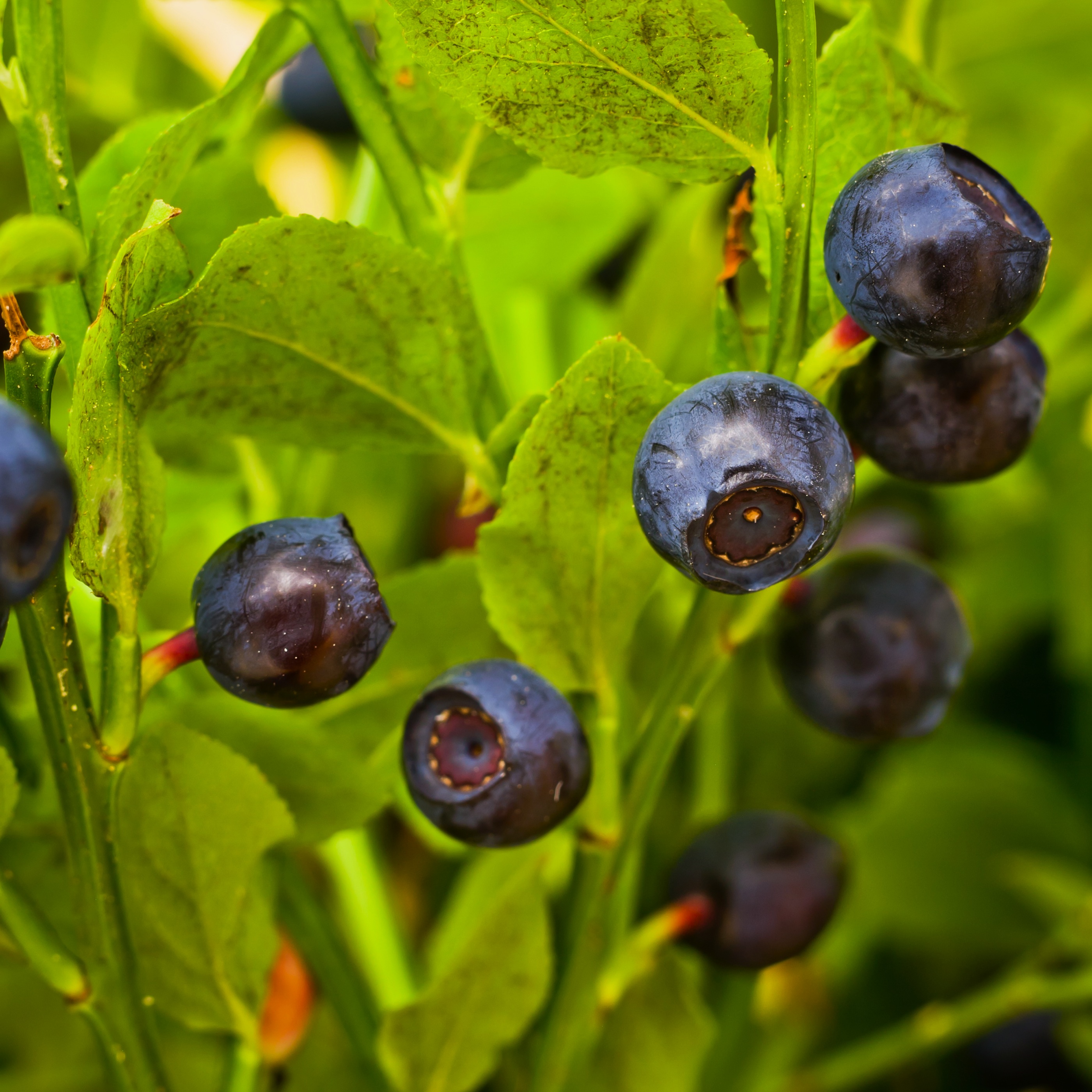Healthier blueberries, thanks to a blast of purple plasma
Raw blueberries, bursting with vitamins and antioxidants, can also harbor the gut-ravaging human norovirus—a leading cause of foodborne illness from fresh produce. Now, scientists think they have found a way to sterilize blueberries without damaging the delicate fruit’s taste or texture: bathing them in purple plumes of plasma—a gas of ions made from just air and electricity.
The work is “very promising,” says Peter Bruggeman, a mechanical engineer at the University of Minnesota in Minneapolis who was not involved in the study. Plasma has an advantage over other sterilizing technologies like ultraviolet radiation, he says, because the ionized gas can reach every nook in which norovirus might hide on the surface of the berries.
To keep produce germ-free, companies run water-quality tests and try to make sure their equipment is clean. In some cases, workers use chemical washes on fruit, which can leave behind toxic residues and don’t remove some harmful pathogens like norovirus. Just a few infected berries can trigger an outbreak.
So researchers turned to plasma. Plasma is the fourth state of matter, created by breaking apart the bonds of gas molecules and making a plume of charged particles—electrons and ions. The plasma created is short-lived and doesn’t create any wastes—the electrons and ions simply recombine. Plasma is all around us: In fluorescent lamps, plasma TVs, lightning bolts; even the sun is made of plasma. But industry also employs it to clean electronic chips and fuse plastics together.
In the new study, researchers purchased grocery store blueberries and infected them with two types of norovirus surrogates—noninfectious viruses that behave like the pathogen. (Norovirus is nearly impossible to cultivate in the lab, and it’s safer to use the surrogates.) Then the scientists placed jars of the blueberries under a cylinder that shot out a violet-tinged stream of oxygen and nitrogen plasma—essentially ionized air.
The plasma was effective: More than 99.9% of both viruses died within 2 minutes, the team will report in an upcoming issue of Food Microbiology. “For viruses that’s really solid performance,” says study author Brendan Niemira, a microbiologist at the U.S. Department of Agriculture’s Eastern Regional Research Center in Wyndmoor, Pennsylvania. Previous research by the team showed the plasma has little effect on the berries’ color, texture, or flavor.
Creating plasma makes it hot, so the researchers had to ensure they didn’t end up cooking the blueberries. Nozzles next to some of the jars blew in extra neutral air, cooling the plasma. Plasma in the cooled jars sterilized the fruit just as effectively, the tests showed. “The viruses are still dying, and they’re dying at the same rate they were without this extra air,” Niemira says.
This “purple blow torch” is “very reactive and very effective against a wide range of organisms,” says Niemira, referring to the success of previous studies where plasma killed all sorts of bacteria and fungi on produce. Earlier food sterilizing studies have used plasma made from expensive argon and helium gases. It takes more energy to ionize air, but air’s ubiquity makes the approach cheaper overall, Niemira says.
The researchers say the purple blow torches require just one-fifth the power needed to run a hair dryer. Niemira says his team is already working to scale up the approach: “We’re making it bigger, we’re making it faster, we’re making it more efficient.”
But, scaling up the plasma may pose challenges, cautions Bala Balasubramaniam, a food safety engineer at The Ohio State University in Columbus. For example, uniformly treating hundreds of pounds of berries with plasma could be difficult because the plasma would have to move through many layers of fruit, making it harder to reach every surface where the virus might lurk, he says.
For now, scientists don’t quite know how the plasma kills these germs—whether it is the oxygen or nitrogen ions, or other products like ozone or nitrogen oxides that are responsible. “It’s not straightforward,” Bruggeman says. Understanding the mechanism and testing it on the real virus, not just surrogates, he says, would be “the ultimate proof.”
By probing the details of plasma kill, scientists hope to move the product to food-processing factories. Niemira guesses it could happen in the next 3 to 5 years. This next step will require working with industrial partners to develop large-scale equipment that will move the process from small jars to massive conveyer belts of berries.





